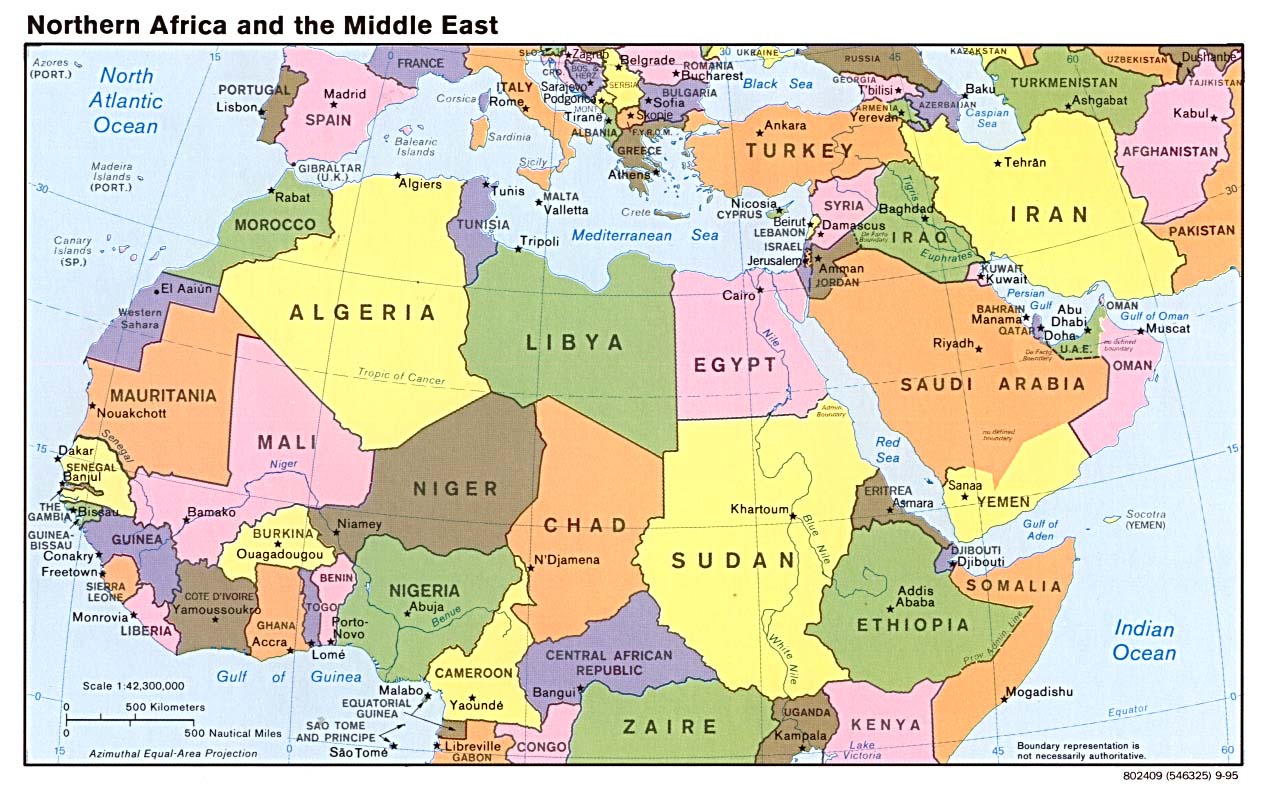The world is on the move, and the number of international migrants today is higher than ever before. In 2015, 244 million people lived in a country other than where they were born, including more than 20 million refugees and asylum-seekers escaping violence or persecution in their home countries.
People have always moved in search of sustenance, safety and opportunity. By crossing borders and residing in other lands, they have contributed to cultural diversity, economic and social development, and mutual understanding amongst peoples and nations.
In only a few days, on the 19th of September, the United Nations General Assembly will convene the UN Summit for Refugees and Migrants. The purpose of the Summit is to guide the development of a global approach to addressing large movements of persons across international borders.
The political declaration adopted at the Summit will strengthen the commitment by governments to ensuring the human rights, safety and dignity of all refugees and migrants. It will also set in motion a process to create a more predictable, systematic and equitable means of managing international migration for the future.
This Summit presents an historic opportunity. It is taking place at a time when many people are on the move, sometimes in the face of grave danger and uncertainty.
The number of persons forcibly displaced from their homes due to war, violence or political oppression is higher now than at any time since the Second World War: roughly 65 million at the end of 2015, according to data provided by the Office of the UN High Commissioner for Refugees (UNHCR).
Although most remain in their own countries as “internally displaced persons”, or IDPs, more than 20 million are living elsewhere as refugees or asylum-seekers.
The increasing trend is not limited to refugees and others who have been forced to migrate. The total number of international migrants has continued to grow as well. According to estimates prepared by our team in the Population Division of the UN’s Department of Economic and Social Affairs, this number increased from 173 million in 2000 to 244 million in 2015.
It is important to acknowledge the benefits of human mobility. Migration is widely recognized as a powerful force that contributes in multiple ways to sustainable development, for countries of origin and destination alike.
Remittances are an important part of the economic impact of migration. In 2015, migrants sent home $432 billion to developing countries, which is more than triple the global total of Official Development Assistance (ODA). Remittances help families in countries of origin to attend school, pay for medical care, save for the future and launch new business initiatives.
When the Heads of State and Governments adopt the Summit’s outcome document, known as the New York Declaration for Refugees and Migrants, the international community will take an important step towards a more humane and welcoming world, where the burdens and responsibilities of assisting refugees and other vulnerable migrants will be shared more equitably in a spirit of international cooperation.
Beyond the short-term response to the migration crisis currently affecting countries in various parts of the globe, the declaration will also initiate a process of reflection and negotiation over the next two years, as governments seek to address migration issues also from a long-term perspective in the context of sustainable development. Specifically, the declaration commits the United Nations to organizing an intergovernmental conference on international migration to be held in 2018.
The ultimate goal of the conference in 2018 will be the creation of a global compact for safe, orderly and regular migration. The compact will lay out principles, commitments and understandings among countries regarding international migration in all its dimension. Its ambitious objective is to produce breakthroughs in the global governance of international migration, a topic that has become more and more challenging in recent years for countries big and small, rich and poor, North and South, and East and West.
Ambitious plans always carry the risk of failure. However, the risks of inaction on this topic are even greater. The world needs to approach issues of international migration with calm and reason, and with understanding and compassion. In doing so, I am confident that genuine breakthroughs will be possible.
This post is part of a series produced by The Huffington Post to mark the occasion of two critical conferences at the UN on the Refugee and Migrant crisis: the UN Summit for Refugees and Migrants (Sept. 19th, a UN conference) and the Leaders Summit on Refugees (Sept. 20th, hosted by U.S. Pres. Barack Obama, at the UN). To see all the posts in the series, visit here. To follow the conversation on Twitter, see #UN4RefugeesMigrants.
 Geostrategic Media Political Commentary, Analysis, Security, Defense
Geostrategic Media Political Commentary, Analysis, Security, Defense





